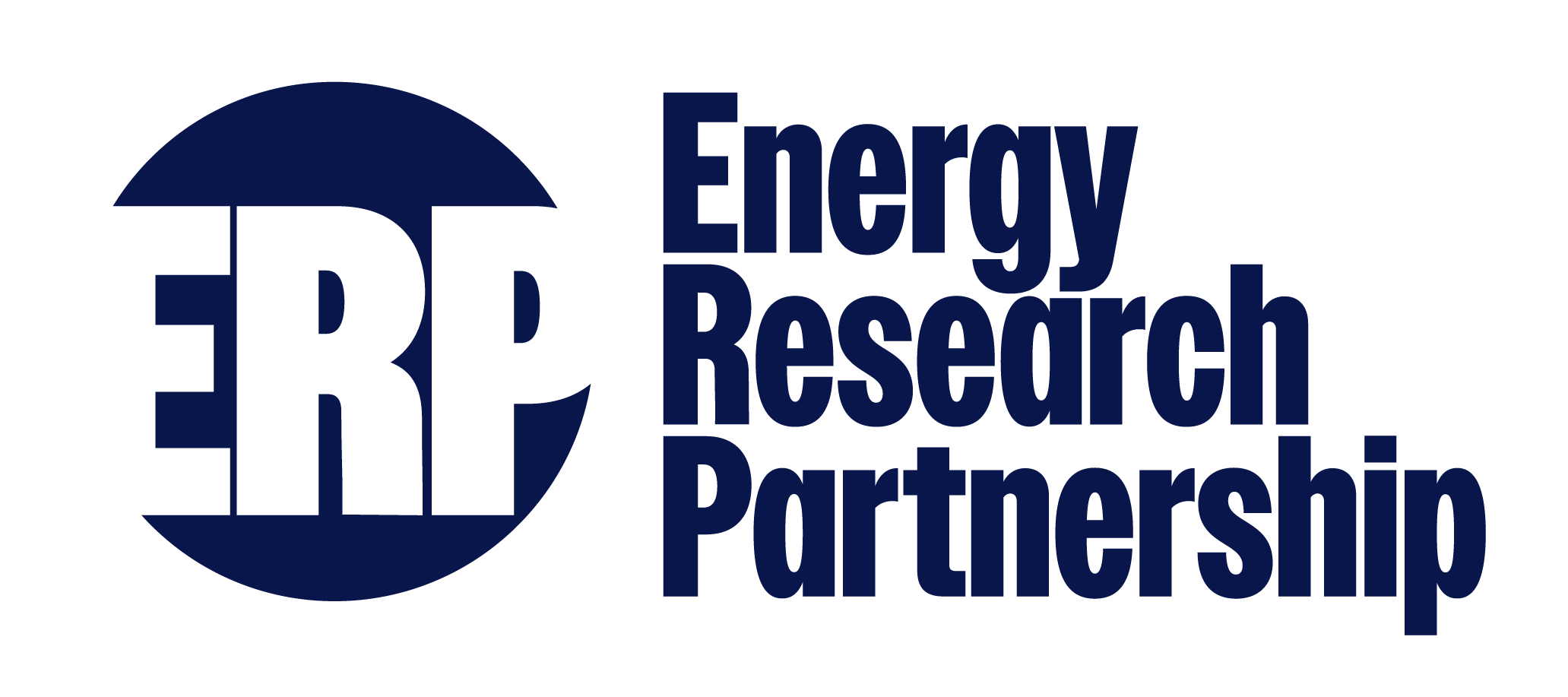ERP has produced a report on the challenge of reducing GHG emissions caused by heating buildings.
View the report: Heating Buildings: Reducing energy demand and greenhouse gas emissions
Join the debate: @erpuk_info #ERPheat

The report focuses on fabric energy efficiency for reducing heat demand, exploring why this opportunity is not being fully exploited.
The report highlights the potential of leading practice in fabric energy efficiency for new-build and for retrofitting existing buildings, and explores why this leading practice is rarely attempted (the “uptake gap”).
The report also highlights why heating performance in practice often differs from the expected levels: firstly due to unrealistic expectations (the “prediction gap”), and secondly due to incorrect implementation (the “performance gap”).
The report recommends steps to provide ambition and certainty in regulations for the building industry, new approaches to increase the appeal of retrofit to leverage customer interest, research to improve understanding of heat use in buildings, and better quality control and enforcement to deliver high performance in practice.
For more information about this project, please contact ERP Executive Analyst Dr. Simon Cran-McGreehin.
The ERP’s Low-carbon Heat event on 11th October will present the ERP’s reports on Heating Buildings and The Potential Role of Hydrogen in the UK Energy System, and will introduce the ERP’s new project on Low-carbon Heat. This project is building on conclusions from the Buildings and Hydrogen projects about heating options to understand implementation issues for customers and utilities, and implications for energy systems. The event will include perspectives from guest speakers and opportunities for attendees to contribute views on the priorities for the Low-carbon Heat project.
Join the debate on Twitter before, during and after the event! @erpuk_info #ERPheat
